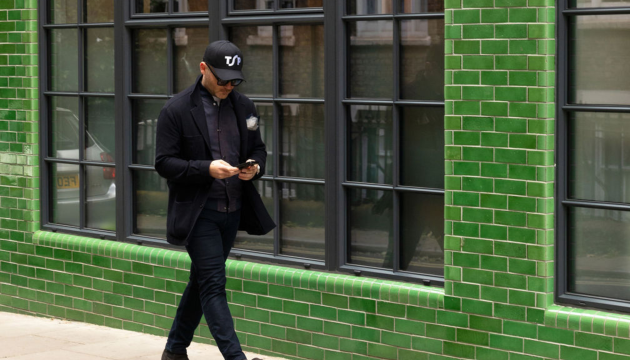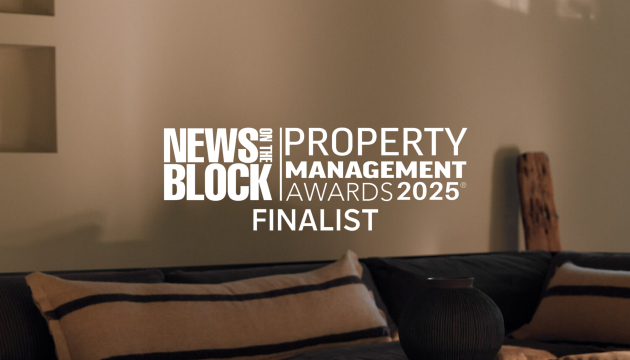Let’s look at the office occupier mega trends for 2021.
#1: Location
In short: the market indicates that property still overwhelmingly backs London offices. A report by EG Propertylink cites 17.3% of all office enquiries for H1 2020 were London-centric. H1 2021 records the same dominance. Despite more WFH, physical space in prime location remains in high demand.
However, we have also seen increasing location distribution. The number of locations with 100+ office enquiries rose from 43 in 2020 to 71 in 2021.
Bristol has overtaken Glasgow as the 2nd most popular market destination – driving 1.4% of all enquiries. Interestingly, Glasgow previously retained 2% of market interest, meaning an odd paradox emerges: the office market is simultaneously more and less centralised. In other words, although a wider variety of locations generated interest in 2021, London is now even more dominant relative to other regions.
Meteoric rises include Peterborough and Sheffield – experiencing 131% and 132% growth respectively (1.4% and 1.3% share of total office enquiries). These cities replace Glasgow and Nottingham in the top 5 in H1 2021.
We see that central offices still serve their purpose but, increasingly, are paired with smaller spaces sprawled across the country. Classic hub-and-spoke model style.
It beckons the rise of the polycentric city and distributed urbanisation. Crucially, landlords and investors must choose locations fitting with this evolving spatial logic of cities.
#2: Tech
In 2021, the office is digital first. Technology once considered cost-prohibitive or superfluous is rapidly becoming affordable and essential.
PropTech used for smart, touchless access control has seen the highest levels of adoption. For example, solutions offered by Alcatraz AI or Proxy deliver privacy-first, human-led identity technologies for a truly touchless experience.
Sensor technology is also gaining traction for a wealth of applications. These include everything from facial authentication and occupancy management to traffic control, temperature sensing and room ventilation. Big data becomes thick data.
Anonymous people counting sensors such as those offered by Density are helping employers and investors understand and plan for future needs. The data produced has significant value in facilitating better decision-making and stronger asset management strategy. Discover how we used occupancy data to reopen TSP HQ here.
Moreover, interactive floor plans and desk reservation systems have risen from 15% pre-pandemic to around 50% today. These solutions are easy, affordable, and have become a norm in 2021.
PropTech provides the opportunity to gather new metrics and insights to enhance a data driven portfolio. Because buildings are not just bricks – they are data too. And once this data is collected, connected, and utilised, buildings get better.
#3: Sustainability
Sustainable real estate isn’t new. But the perception of risk and urgency associated with climate change has heated up.
Global commitments to Net Zero have doubled in less than a year. In March 2021, it was announced that 1/3 of the UK’s biggest companies have signed the UN’s Race to Zero campaign.
Green shoots of responsible stewardship are sprouting thicker and faster than any other time in history. According to BlackRock, investment in global sustainable assets reached nearly $300 billion in 2020 – double the previous year – with 2021 seeing this trend intensify.
Sustainability is no longer an amenity or corporate virtue signifier. It is a core feature of financial planning and investor pressure.
As a study by JLL highlights, buildings with high sustainability credentials retain a 6-11% rental premium over comparable buildings. Safer, higher-performing green CRE comes out on top.
Not only does it come out on top, but without plans to decarbonise assets, ESG professionals suggest companies may struggle to get a loan in a few years. The urgency is greater than the sector realises. Net-zero strategy must be embedded across CRE portfolios to maintain liquidity and resilience – and prevent marginalisation.
Learn how you can create your most sustainable office ever here.
In sum
The office did not die in 2021. Real estate is simply evolving. Towards smart, sustainable, and healthy buildings. The market is still London-centric, but also with increasing distribution. Success will lie in staying ahead of the curve, predicting the right step to take next for people, planet, and profit.





